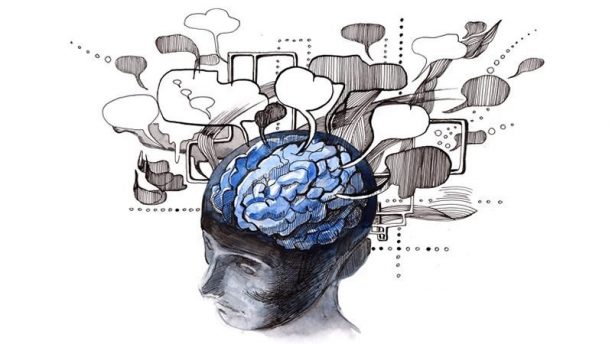Unconscious bias is a hot topic these days in the field of diversity and inclusion and it is an issue that rightly deserves our attention. Research has identified more than 150 unconscious biases which influence our actions and decisions in ways we are not aware of, and which can negatively impact productivity, performance and motivation. So just what is unconscious bias, how might it affect our relationships at work and what (if anything) can we do to mitigate it?
Unconscious bias refers to ‘Accidental, unintended, subtle and completely unconscious choices, made by everyone, all the time’.
As humans, we are programmed to subconsciously process thousands of pieces of information in an instant. Without this incredible ability, we would not have survived as a species. To help us deal with these overwhelming amounts of information our brain automatically makes quick judgements and creates thinking shortcuts. These enable us to get through the day without having to slowly process every decision we make and allow our brains to conserve energy and be efficient.
This ‘efficiency’, however, can lead to us to be biased and unable to see or process information which would provide us with a bigger and better picture (quite literally!). For example, when YouTube launched its first app for Apple’s iOS, 5-10% of videos appeared upside-down because the engineers had unconsciously optimised the app for right-handed users!
Likewise, when relating to people, our brain can’t process everything about every new person we encounter, so information is suppressed, grouped and placed into easy to use categories to enable us to make rapid judgements about people and situations. These mental shortcuts and decision rules are simple for the brain to compute e.g. ‘all firefighters are male, all nurses are female’, but this limited thinking can lead us to making poor decisions about people and mean we don’t recruit or retain the best people for the job.
If we can understand how our brains work, we can consciously apply strategies to counter our automatic thinking and mitigate unconscious bias. We know now that our brains are biased, they are wired towards similarity and patterns. This means we are unconsciously drawn to people who are similar to us and hardwired to rapidly categorise people as friends (those similar to us) or foes (those different to us). Although efficient for our brains, this can mean that we run the risk of selecting or promoting only people who are similar to us and don’t hear diverse voices speaking up or remember to include people who are different.
So what can we do to combat unconscious bias? We can mitigate its effect by using the 5 strategies described below:
So what can we do to combat unconscious bias? We can mitigate its effect by using the 5 strategies described below:
- Increase your self-awareness. Recognise the fact that we are unconsciously biased. If you want to check this for yourself, take the Implicit Association Test developed by Harvard University.
- Increase others’ awareness. Help people to understand that they are more likely to assign projects and allocate work to individuals who they have an unconscious affinity with. Use a tool that objectively measures Strengths or Work Preferences (such as the TMS Team Management Profile). These provide a shared language to help people identify and discuss their different contributions and gifts. Make a conscious effort to allocate work to different people and harness and reward diverse approaches to work.
- Be more mindful about decisions. Take more time, slow down and seek input from others. Consciously choose someone who is different from you and is likely to offer a different perspective. Seek out an ‘objectivity buddy’ and give them permission to challenge you. Ask your buddy to listen to the language you are using and to challenge the rationale behind important decisions you make.
- Use systems, tools and processes to help mitigate bias in the workplace. Some organisations are now removing gender, ethnicity and academic institutions of origin (University, College etc.) from resumes before the decision-maker gets to see them to ensure these don’t influence their choices.
- Set up a team meeting structure that encourages listening to diverse voices. Ask people to contribute round robin updates where everyone gets an equal say. Actively seek out different perspectives on an issue using an awareness of Strengths or Work Preferences. Encourage different people to assume the role of the chair in team meetings to ensure the work is shared and people are supported in speaking up and being listened to.
Finally, it is worth considering running an awareness program for your team to help them understand how their brain works and encourage them to uncover unconscious biases in their workplace. They will learn a language to enable them to label the biases that commonly occur and discuss how they can be more mindful about overcoming them. Our Unconscious Bias Program is aimed at giving people this level of understanding and starting a conversation – how are we potentially excluding people through our biases?

To start a conversation contact, Anne on 0417 231 494 or email anne@rtpeople.com.au

